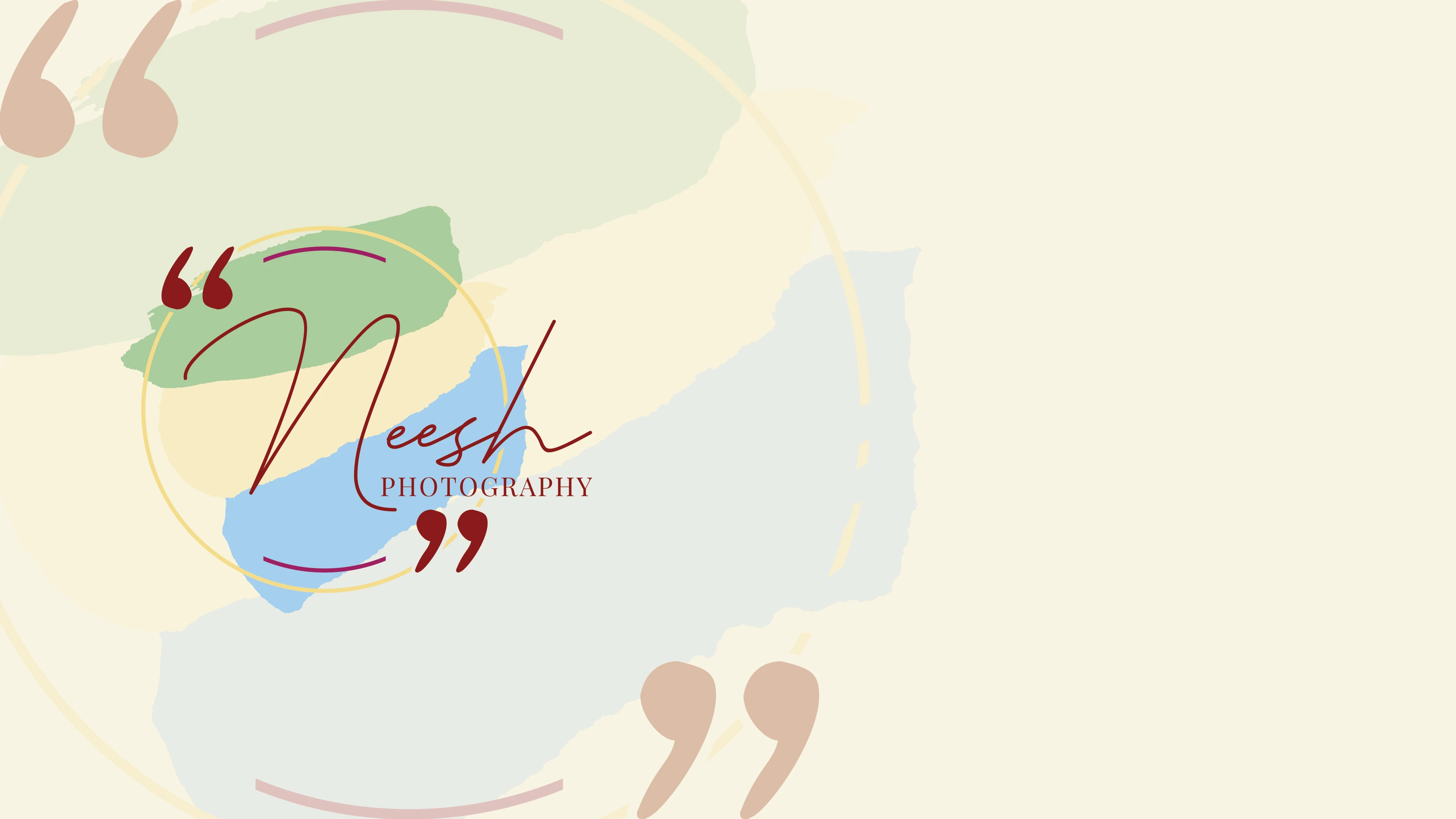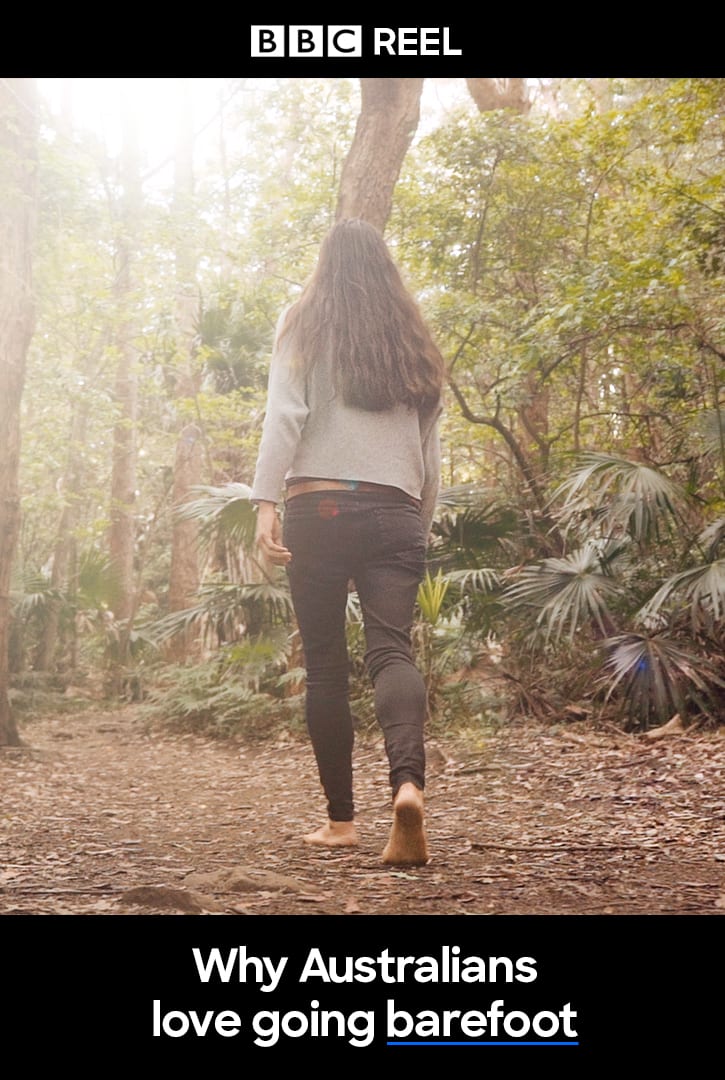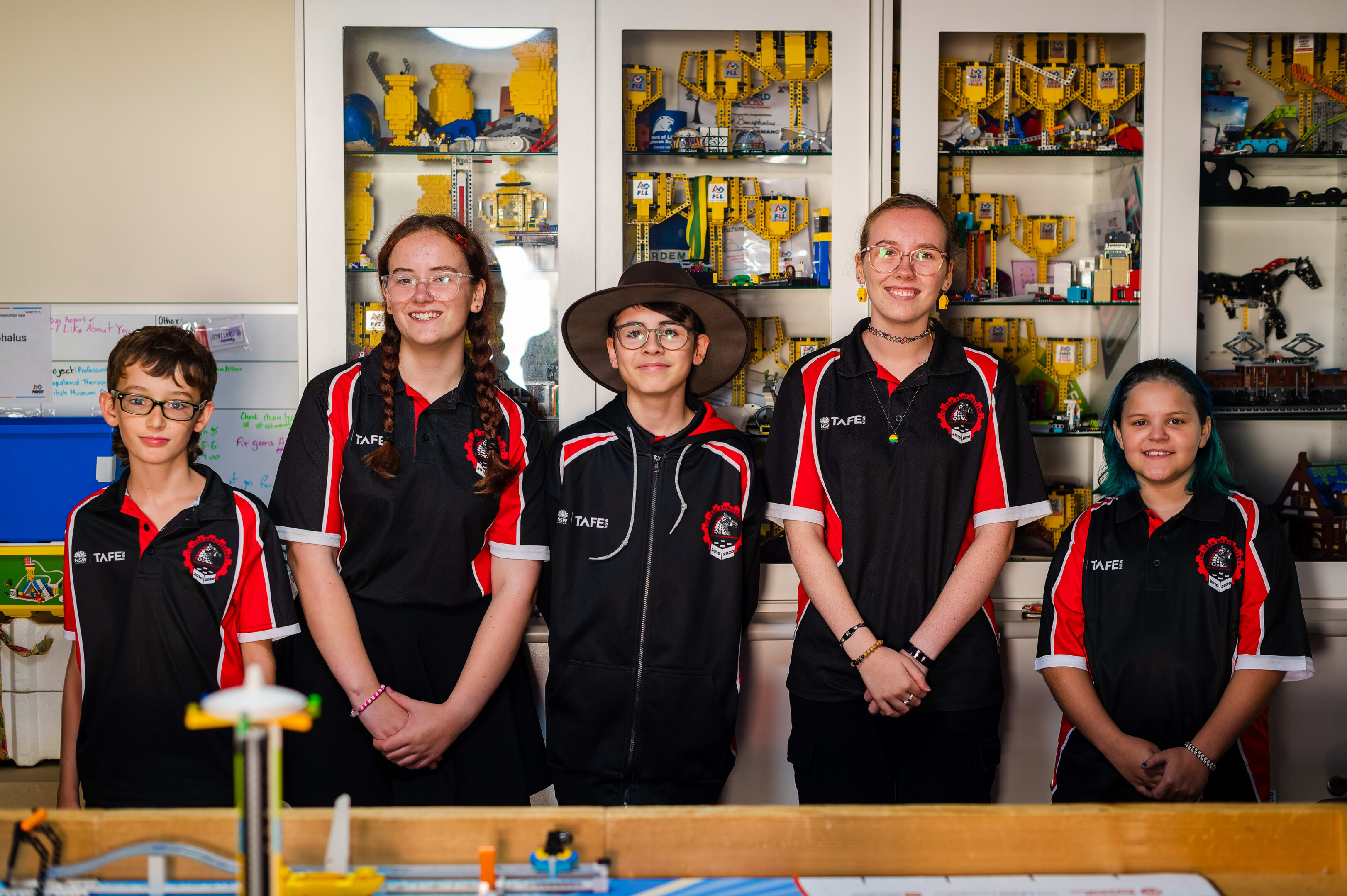19th April, 2024
Digital Photography on Instagram: An Overview
In my first blog post documenting the development of this research project, I expressed concern that photography might be too broad to consider as a media niche. In the age of social media, photography is a key element in the creation of most media that we consume on a daily basis.

However, the mass of photography content that exists online allows for the existence of niche communities, depending on the platform that the images might be posted on, the subject/purpose of the image, its aesthetics/style, or even the equipment used to photograph.
So, I decided to focus on the digital photography community on Instagram specifically, and I’ve been using my photography account (@neeshphotography) to contribute and draw research.

Research Summary
Photography as a medium is naturally discursive, a picture paints a thousand words, as they say. Images have a strong impact on the way that we perceive and understand our world, our lives and the media we consume.
Photography today lends itself readily to a discussion around social constructionism. The primary function of photography is to represent and communicate some form of reality or truth visually, and the idea of ‘truth’ as something that “is different based on who you ask” is central to the social constructionism paradigm. (DeCarlo, Mattew, 2018).
Photography on Instagram specifically is particularly interesting as a research topic, because it is a platform notorious for pushing a false, and often harmful representation of reality on its users through photos. Despite being the only main-stream platform specifically made for posting photos, it shows a shocking lack of promotion for professional photographers, instead it systematically pushes the ‘influencer’ archetype. More and more, people are appreciating authenticity over glamour and facade, and so largely, Instagram has been left behind. Cale Crueger here states that Instagram is “quickly checking off all the boxes of social network irrelevancy” due to its tendency of “making people feel terrible”.
“Photography has been adopted for every kind of human viciousness, but it also is a boon for human understanding and solidarity…Photography is in a state of flux, and thinking about photography is moving into a new attention space and conceptual vocabulary.”
Robert Hariman, ‘Rethinking photography, spectatorship, and the public image‘, 2016
Autoethnography, Instagram and Street Photography
Autoethnography is the practice of using one’s own experiences to research a particular topic. This is relatively easy to do within a community that you’re already a part of. Observation-based research is particularly dimensional in the context of social media – thinking about the presentation of the self and inevitable surveillance.
I decided to focus on street photography specifically, as I found that it’s the genre of photography that I am most interested in, and using a professional persona meant posting my best photos, which I believe to be my street photography. This works well because street photography particularly opens up discourse around surveillance and ethics.
We are interested in street photography for the same reason we are interested in social media – both are a matter of taking interest in our fellow human beings, and the way that they might present themselves. Ultimately, “empathy is one of the main reasons we are all interested in street photography” (Eric Kim, 2014).
A common ethical problem that street photography has to address is one of photographing strangers and consent. While most people assume that taking photos of people in public is somehow unlawful, it’s not. I addressed this conundrum in one of my Instagram posts, which you can read below.
I tried to include stories of personal experiences in my captions, to prompt even more autoethnographic research. As you can read about in my epiphany blog posts, I figured that while people struggle to talk prolifically about photos on an aesthetic level, they are more likely to participate by sharing personal experiences, if you do. Additionally, given the absence of visual self in my work, I tried to convey persona through my language and style.
What I’ve found interesting is that on social platforms such as Instagram, you are just as, if not more likely to be perceived by the general public, and willfully run the risk of dangerous situations regardless. We’re all aware of the omnipresence of the internet, but we aren’t as concerned for our privacy – “our reaction is often indifference” explains Charles Howarth.
I’m not one to buy into one-sided criticism of social media, but autoethnography has been difficult to consciously participate in for the same reason. As I noted in one of my blog posts, remaining present enough while scrolling through Instagram to make fluent observations and note them down is a difficult task.
A word about photographers, persona and Instagram
As I mentioned earlier in this report, Instagram first and foremost pushes ‘influencer’ type content. Particularly in the case of photographers looking to build a public persona without inserting themselves in their art, catering to Instagram’s algorithm is a challenge. So, I found other ways to present a professional persona – ie staying consistent to a colour scheme, following a style guide, having a personal photographic/editing aesthetic, and being authentic in the way that I write captions, utilising them as an extension of the post.
I set out wanting to investigate the ways that Instagram falls short for image creators, and how the community might best utilise the platform. In my beta, I made the point that “Instagram only loves you if you do what it wants”. Of course, inevitably, this means I started creating reels. I can definitely say that it’s helped build on a persona and they’re valuable as autoethnographic artifacts. All of my reels have a similar feel that rings true for me, and I feel they convey the calming, meditative personal value of photography.






